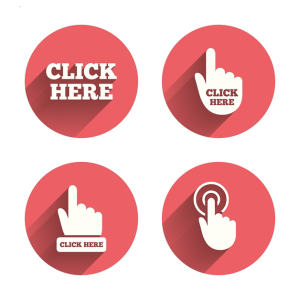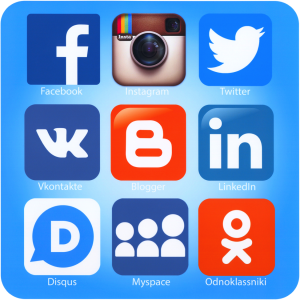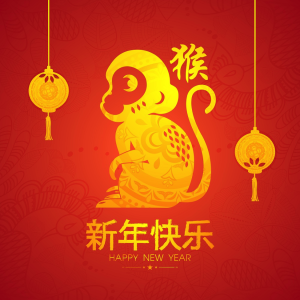
While some colors may repulse us, others make us happy, and a select few are directly connected to certain celebrations and festivals. Think of Valentine’s Day, which had us all seeing red, and when St. Patty’s Day came rolling around, many celebrants were blanketed in the blarney shade of green.
Although these traditional holiday colors are more heir apparent in the west, we often still see them displayed here in the Middle East.
Color is a big part of our lives; they’re everywhere we look and touch us in some very definitive and psychological ways. The way in which one color is seen in one country can mean something completely different on the other side of the world. Let’s look at some alternative ways that some shades differ in reactions and perceptions from people in the Middle East, to the western world and beyond:
Red: Love or Hate?

 Many western and European cultures associate the color red with passion, love and excitement, or conversely it can be seen with violent or bloody undertones. Sometimes it can be perceived negatively, for example as associated with Nazi Germany or communistic rule. Worldwide, it is seen as a “call to action” color — think of stop signs and traffic signals used globally to halt automobiles and other forms of transportation.
Many western and European cultures associate the color red with passion, love and excitement, or conversely it can be seen with violent or bloody undertones. Sometimes it can be perceived negatively, for example as associated with Nazi Germany or communistic rule. Worldwide, it is seen as a “call to action” color — think of stop signs and traffic signals used globally to halt automobiles and other forms of transportation.
Similar to traffic signals, the Middle East primarily views the color red as cautionary and can also evoke feelings of anger and rage. Many from the East believe it is the color of evil, while in China it is seen as a sign of good luck and long life and happiness. Meanwhile, those in India see it as a sign of purity and those in Latin America use it in association with religion alongside the color white.
Blue: Calm or Conquering?

 Statistically speaking, blue is most people’s favorite color and when it comes to gender, more men prefer this shade than women. Westerners commonly associate the color blue with masculinity and the birth of a male child, but it is also thought to have a soothing and calming effect or associated with depression and “having the blues.” Still another perception is trust and authority, blue being the color of many bank brands and police uniforms.
Statistically speaking, blue is most people’s favorite color and when it comes to gender, more men prefer this shade than women. Westerners commonly associate the color blue with masculinity and the birth of a male child, but it is also thought to have a soothing and calming effect or associated with depression and “having the blues.” Still another perception is trust and authority, blue being the color of many bank brands and police uniforms.
In the Middle East, blue is thought to be safe and protective, the color associated with immortality, heaven and spirituality. Even though the “man in blue” may be a symbol of dominance and authority, globally, the color of blue is seen as a positive and safe color, which is why you see it used for so many international brands like Skype and Facebook.
Yellow: Sunny or Sullen?

 Traditionally, yellow is associated with happiness, sunshine, warmth and hospitality, especially in the western world. In the U.S., you’ll often see it used in connection with transportation — think again of traffic signs and symbols, but also of school buses and taxi cabs.
Traditionally, yellow is associated with happiness, sunshine, warmth and hospitality, especially in the western world. In the U.S., you’ll often see it used in connection with transportation — think again of traffic signs and symbols, but also of school buses and taxi cabs.
In Egypt, yellow represents a state of mourning, as it also is in many Latin American countries. However, for most of the Middle East, yellow is mostly connected with perceptions found in the rest of the world: tied to happiness and prosperity.
WE SAID THIS: Don’t miss What Your Nail Polish Colour Says About You


